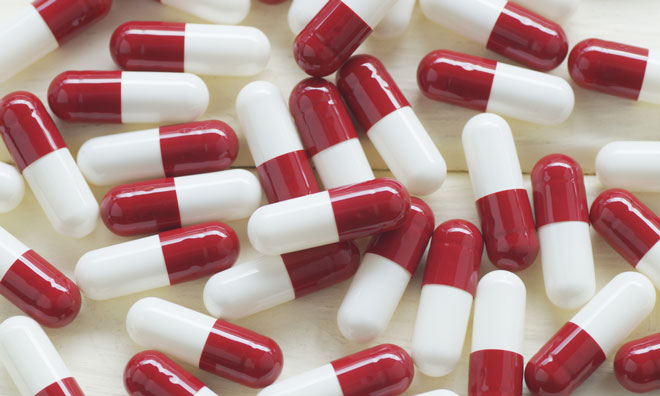New tool developed to help avoid adverse drug reactions
Posted: 22 February 2017 | Niamh Marriott (Drug Target Review) | No comments yet
Medicines are an important part of treating and preventing disease in adults and children. The ideal medicine would have no side effects or adverse drug reactions (ADRs) as they are also called, but the reality is all medicines can cause unwanted effects, in some people.


Researchers at the University of Liverpool, Alder Hey, University of Central Lancashire and University College London have developed a new tool to help avoid adverse reactions to medicines.
Medicines can have different effects on different people. The effects in children can vary due to changes that take place as they grow and develop. When healthcare professionals prescribe a medicine, they weigh up the benefits of the medicine against the risk of an adverse drug reaction.
Avoidable
Previous research at Alder Hey found that three out of every 100 children admitted to hospital experience an adverse reaction due to a medicine taken at home. 22% of these ADRs might have been avoidable. Examples of ADRs which were avoidable included: diarrhea with antibiotics, and constipation with medicines given to relieve pain and vomiting related to chemotherapy.
The team also found that around 1 in 6 children experienced at least one ADR whilst in hospital, which is similar to findings in adults. More than half of the ADRs seen in children in hospital were due to medicines used in general anaesthesia and for the treatment of pain after surgery.
Most of the ADRs were not severe and resolved soon after the medicine was stopped. The five most common ADRs seen were nausea and/or vomiting, itching, constipation, diarrhea and sleepiness.
Personalised medicine
Dr Louise Bracken is a Research Pharmacist from the University’s Department of Women’s and Children’s Health. She is based at the Paediatric Medicines Research Unit at Alder Hey Children’s Hospital.
Of the research Dr Bracken said: “Assessing the avoidability of ADRs is a complex process which requires consideration of a number of factors.
“Identifying ADRs which might be avoidable can help us to improve practice which can help to reduce the number of children who have an ADR. The new tool will help us to identify the ADRs which we can prevent.
“The use of technology (such as Electronic Prescribing) could be a potential strategy to reduce ADRs. Changing guidelines, educating patients and or/their parents on their medicines and raising awareness of ADRs amongst healthcare professionals could help us to reduce this figure even further. Advances in pharmacogenetics may represent the ultimate method of avoidability.
“Pharmacogenetics aims to optimise the use of medicines, by targeting medicines to patient’s individual genes. This is called ‘personalised medicine’. It is important that we find out which ADRs could be avoided so that we can change the way we do things to reduce the risk of children experiencing the same ADRs in the future.”
Yellow card scheme
In the UK, the Medicines and Healthcare Products Regulatory Agency (MHRA) monitors the safety of medicines. If information indicates that the risk regarding a medicine has changed since it was authorised, regulatory bodies can take action.
Health care professionals, patients and carers are encouraged to report side effects to the MHRA using the yellow card scheme which means everyone can help to make medicines for children (and adults) safer.
For the full study, entitled ‘Development of the Liverpool Adverse Drug Reaction Avoidability Assessment Tool’, click here
Related topics
Personalised Medicine, Pharmacology
Related conditions
Adverse drug reaction (ADR)
Related organisations
Alder Hey, Liverpool University, Medicines and Healthcare Products Regulatory Agency (MHRA), University College London, University of Central Lancashire
Related people
Dr Louise Bracken







